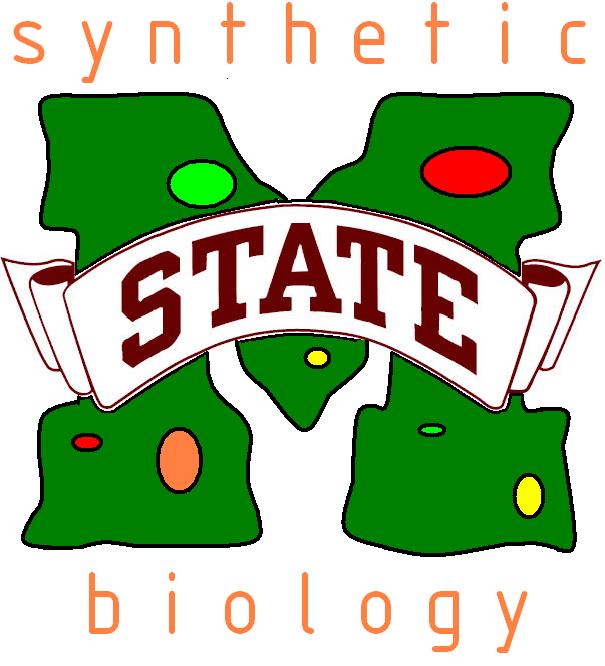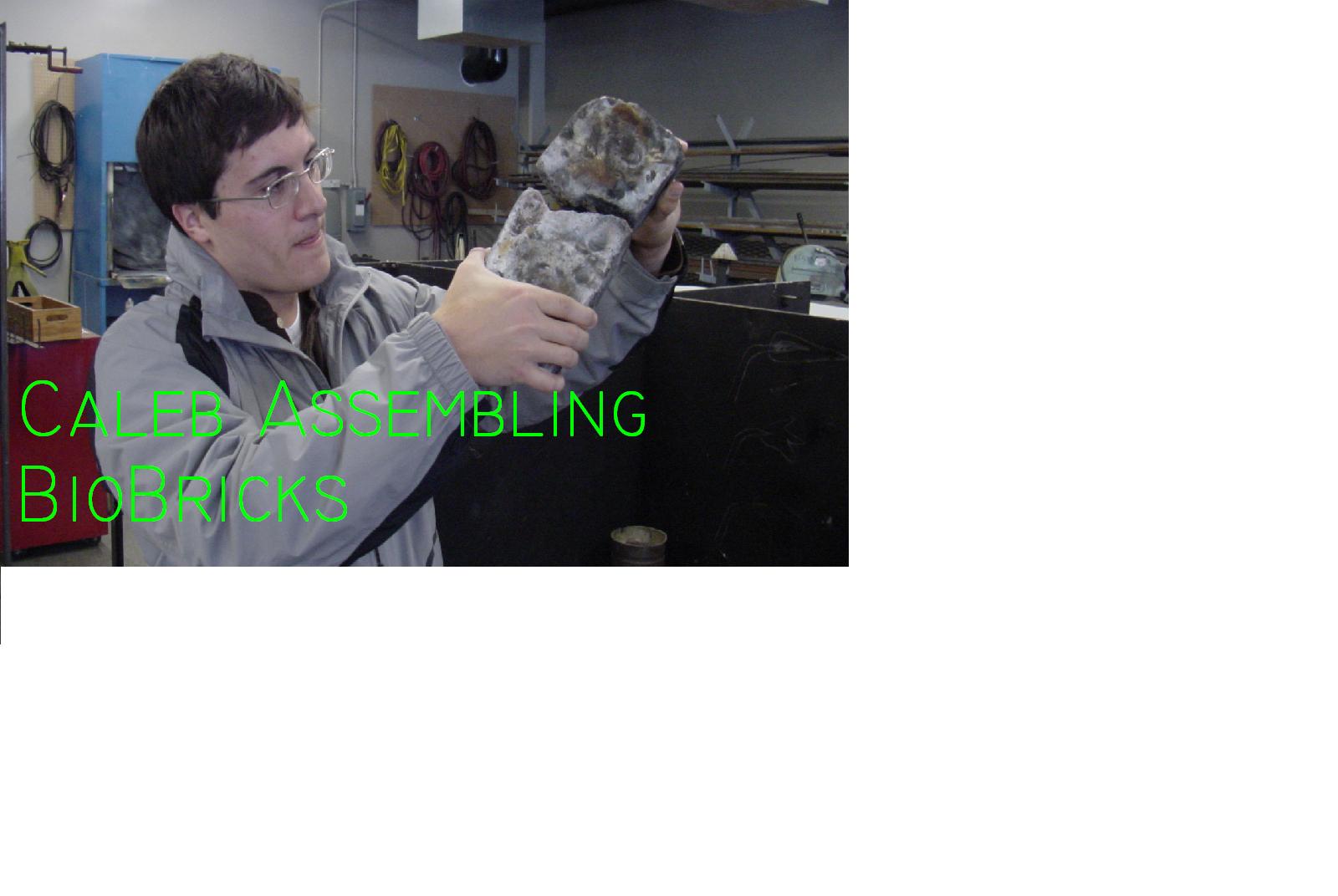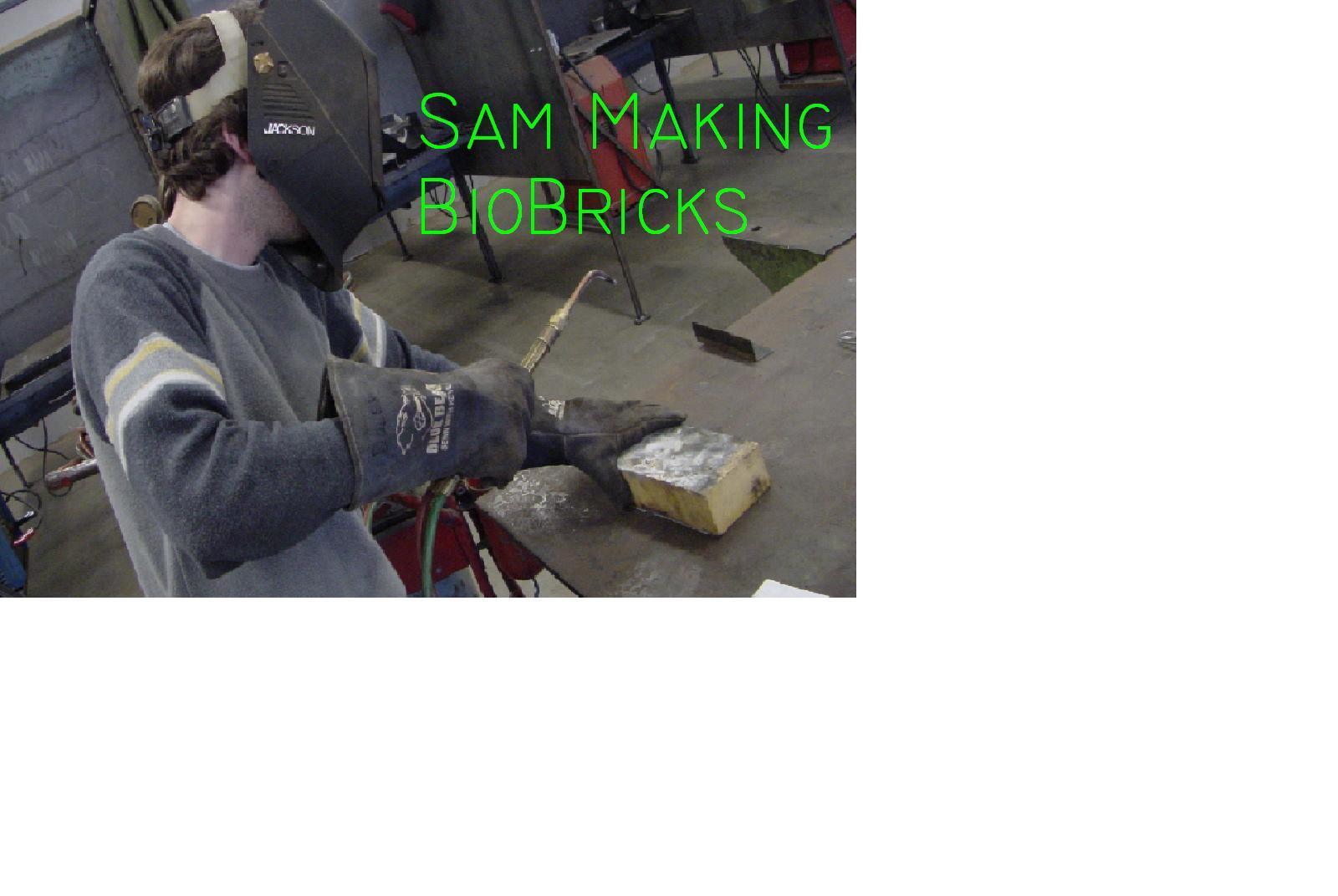Team:Mississippi State/Project
From 2008.igem.org
(→The Experiments) |
|||
| (29 intermediate revisions not shown) | |||
| Line 17: | Line 17: | ||
<!--End Tabs--> | <!--End Tabs--> | ||
| - | + | [[Image:MStateblob.JPG|200 px|right]] | |
| - | [[Image: | + | = '''Overall project''' = |
| - | + | ||
| - | + | ||
| - | + | ||
| - | + | ||
| - | + | ||
| - | + | ||
| - | + | ||
| - | + | ||
| - | + | ||
| - | + | ||
| - | + | ||
| - | + | ||
| - | + | ||
| - | + | ||
| - | + | ||
| - | + | ||
| - | + | ||
| - | + | ||
| - | + | ||
| - | + | ||
| - | + | ||
| - | + | ||
| - | + | ||
| - | + | ||
| - | + | ||
| - | + | ||
| - | + | ||
| - | + | ||
| - | + | ||
| - | + | ||
| - | + | ||
| - | + | ||
| - | + | ||
| - | + | ||
| - | + | ||
| - | + | ||
| - | + | ||
| - | + | ||
| - | + | ||
| - | + | ||
| - | + | ||
| - | + | ||
== Project Details== | == Project Details== | ||
| + | *[[Team:Mississippi State/project description|In Depth Description of our Project]] | ||
| + | We began work in May obtaining cDNA samples of Phanerochaete Chrysosporium. We initially worked with the Mississippi State University Forest Products Lab, but we could never get any PCR results. We contacted the University of Wisconsin Forest Products Lab (Jill Gaskell) and obtained samples of cDNA from PC (BKM strain and RP strain). We got no results from this either. At this point, we consulted Jill and she advised that we make our primers more specific for the noncoding regions of the gene. This worked and we obtained our gene (LipA). | ||
| + | === The Experiments === | ||
| + | We were able to obtain a purified Lignin Peroxidase from PC by doing sequential PCRs of the non coding region and then the coding region. There was difficulty in cloning the gene into the plasmids we used, pGEM and pPIC6alpha. However, once we were able to clone the gene into pGEM, it was easily cloned into pPIC6alpha as well. However, this work required the whole summer and we had to work around classes. We have been able to BioBrick our part and get it into Pichia for testing. At this point we are in the middle of testing the gene and the enzyme activity. | ||
| - | |||
| + | [[Image:CalebBioBricks.JPG|400 px]][[Image:SamBioBricks.JPG|400 px]] | ||
| + | == Results == | ||
| + | We have isolated a Lignin Peroxidase gene from Phanerochaete Chrysosporium. The gene is highly analogous to many other Lignin Peroxidase genes, especially Lignin Peroxidase A. It was sequenced and uploaded to GenBank for comparisons and showed an extremely high degree of homology with other Lignin Peroxidases. The gene has been put into standard BioBrick format, but it has not been characterized due to time constraints. This, as well as development of a functional system will be part of our future work. | ||
| - | = | + | ='''Our Part'''= |
| - | + | We made a coding part for Lignin Peroxidase. It is currently in testing and will hopefully be done by the Jamboree. This part can be used for a biomass degradation system. There has also been talk that this type of enzyme has promise in breaking down synthetic polymers like plastics. This would be incredibly cool and we think people should try and tackle this problem. | |
| - | + | ||
| - | + | ||
| - | + | ||
| - | + | ||
| - | + | ||
Latest revision as of 20:06, 28 October 2008
| Team | Project | Papers and Notebook |
Contents |
Overall project
Project Details
We began work in May obtaining cDNA samples of Phanerochaete Chrysosporium. We initially worked with the Mississippi State University Forest Products Lab, but we could never get any PCR results. We contacted the University of Wisconsin Forest Products Lab (Jill Gaskell) and obtained samples of cDNA from PC (BKM strain and RP strain). We got no results from this either. At this point, we consulted Jill and she advised that we make our primers more specific for the noncoding regions of the gene. This worked and we obtained our gene (LipA).
The Experiments
We were able to obtain a purified Lignin Peroxidase from PC by doing sequential PCRs of the non coding region and then the coding region. There was difficulty in cloning the gene into the plasmids we used, pGEM and pPIC6alpha. However, once we were able to clone the gene into pGEM, it was easily cloned into pPIC6alpha as well. However, this work required the whole summer and we had to work around classes. We have been able to BioBrick our part and get it into Pichia for testing. At this point we are in the middle of testing the gene and the enzyme activity.
Results
We have isolated a Lignin Peroxidase gene from Phanerochaete Chrysosporium. The gene is highly analogous to many other Lignin Peroxidase genes, especially Lignin Peroxidase A. It was sequenced and uploaded to GenBank for comparisons and showed an extremely high degree of homology with other Lignin Peroxidases. The gene has been put into standard BioBrick format, but it has not been characterized due to time constraints. This, as well as development of a functional system will be part of our future work.
Our Part
We made a coding part for Lignin Peroxidase. It is currently in testing and will hopefully be done by the Jamboree. This part can be used for a biomass degradation system. There has also been talk that this type of enzyme has promise in breaking down synthetic polymers like plastics. This would be incredibly cool and we think people should try and tackle this problem.
 "
"



